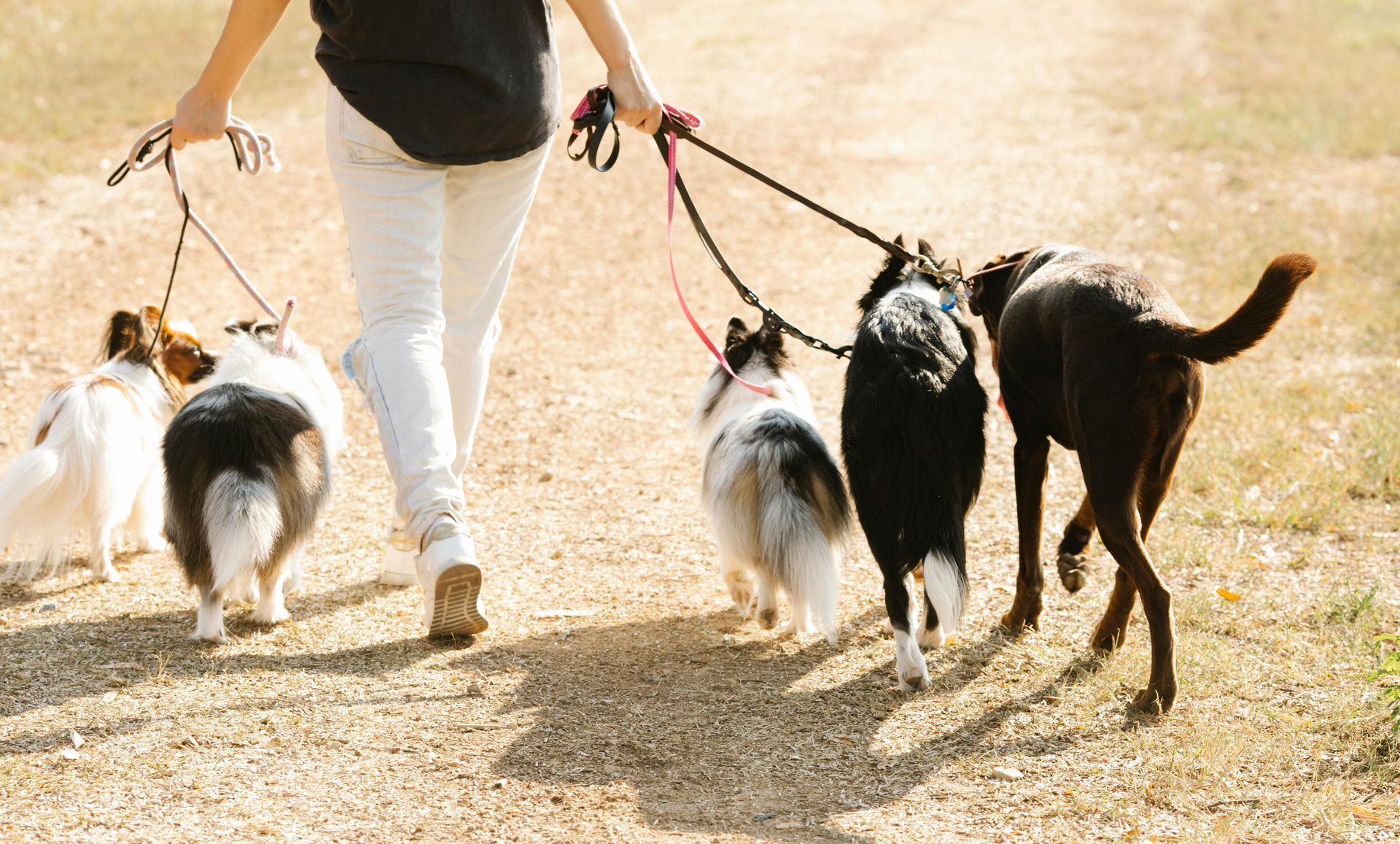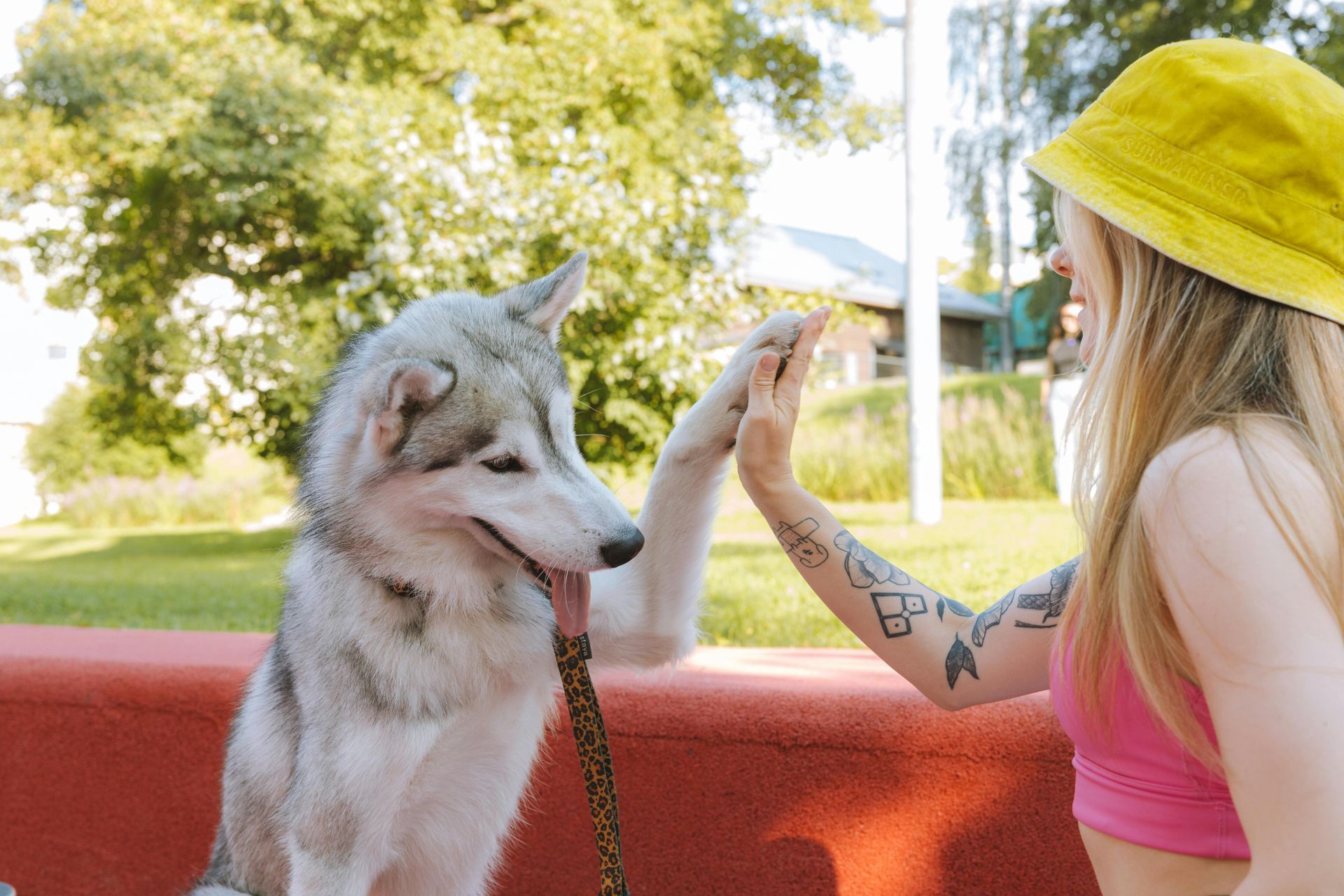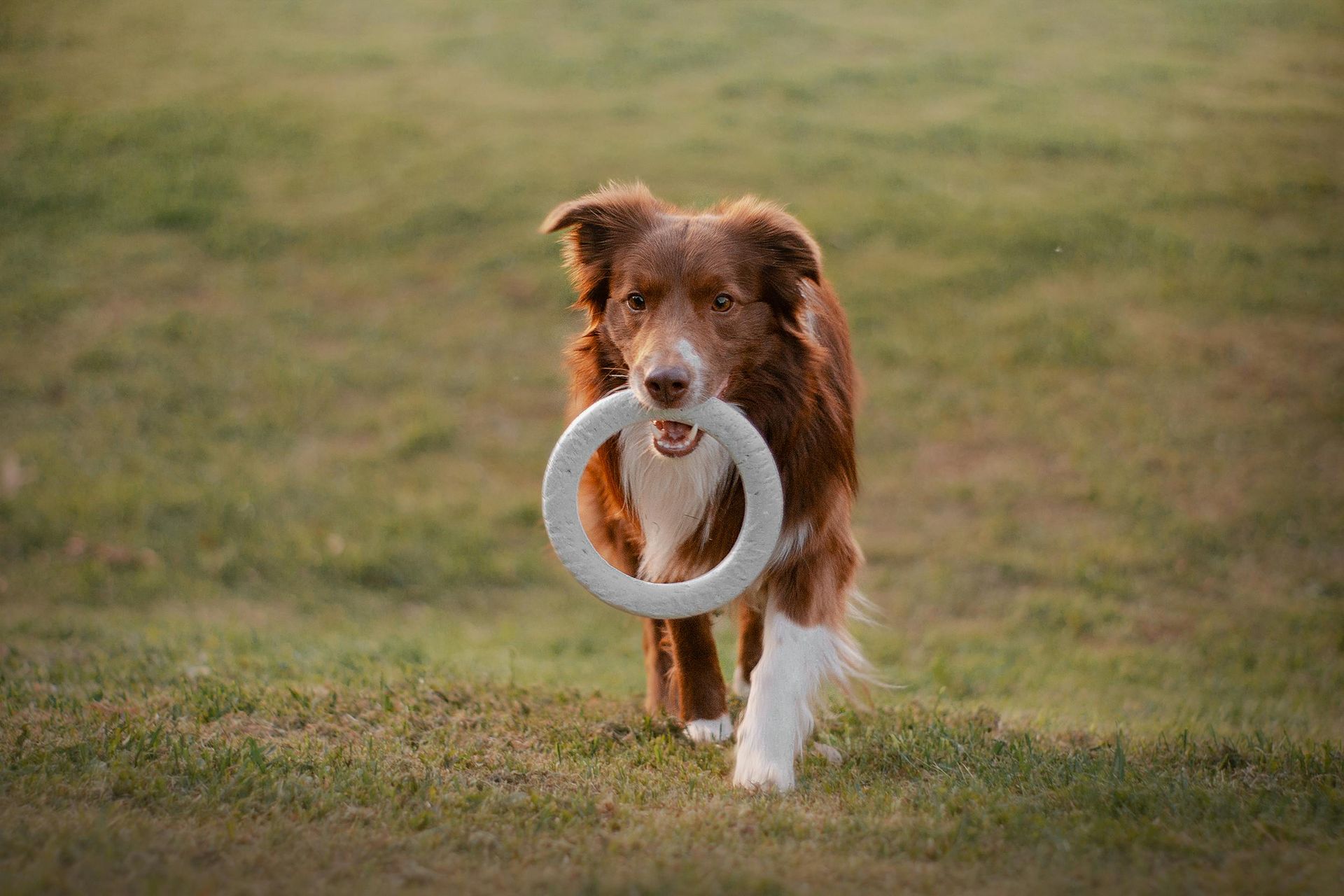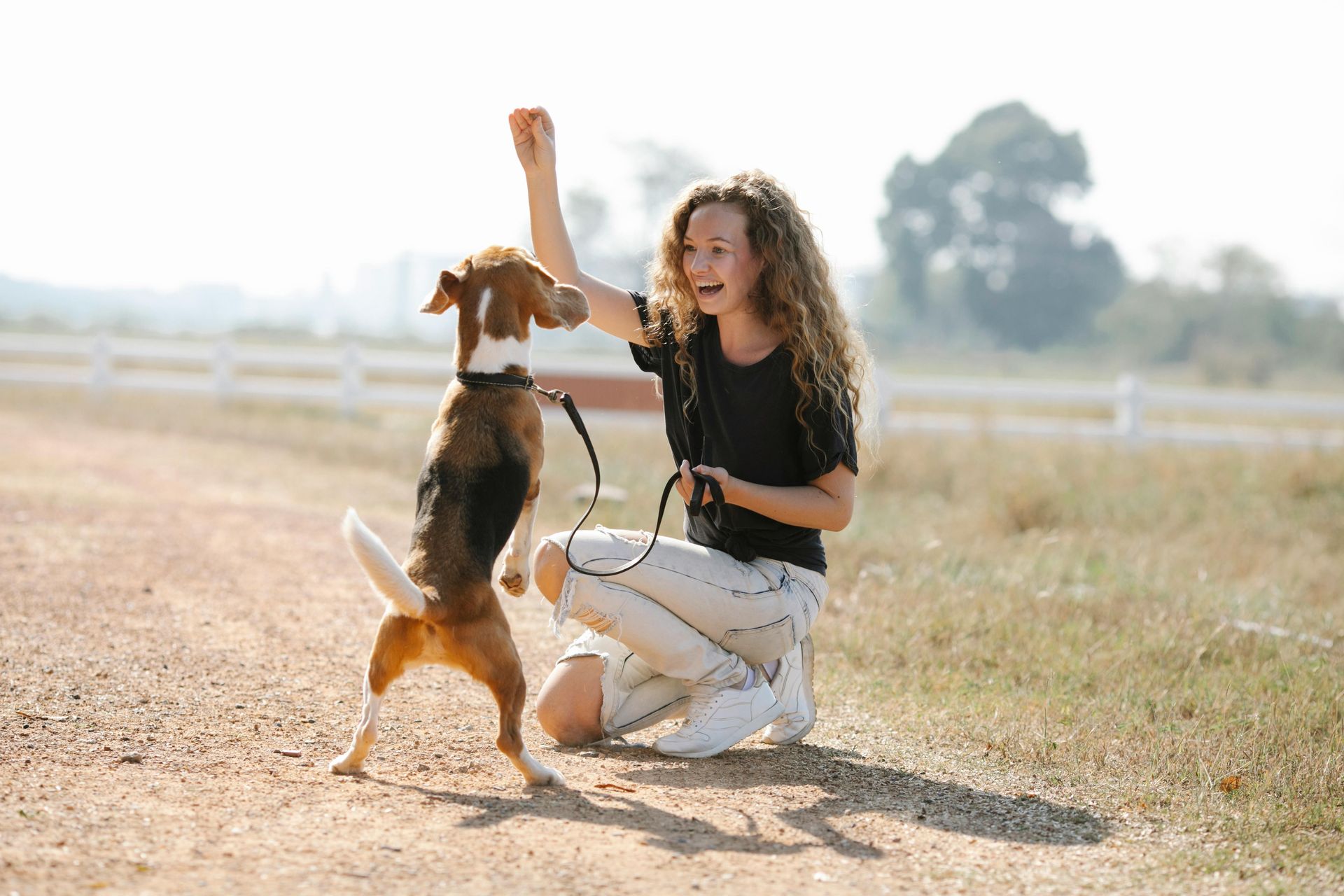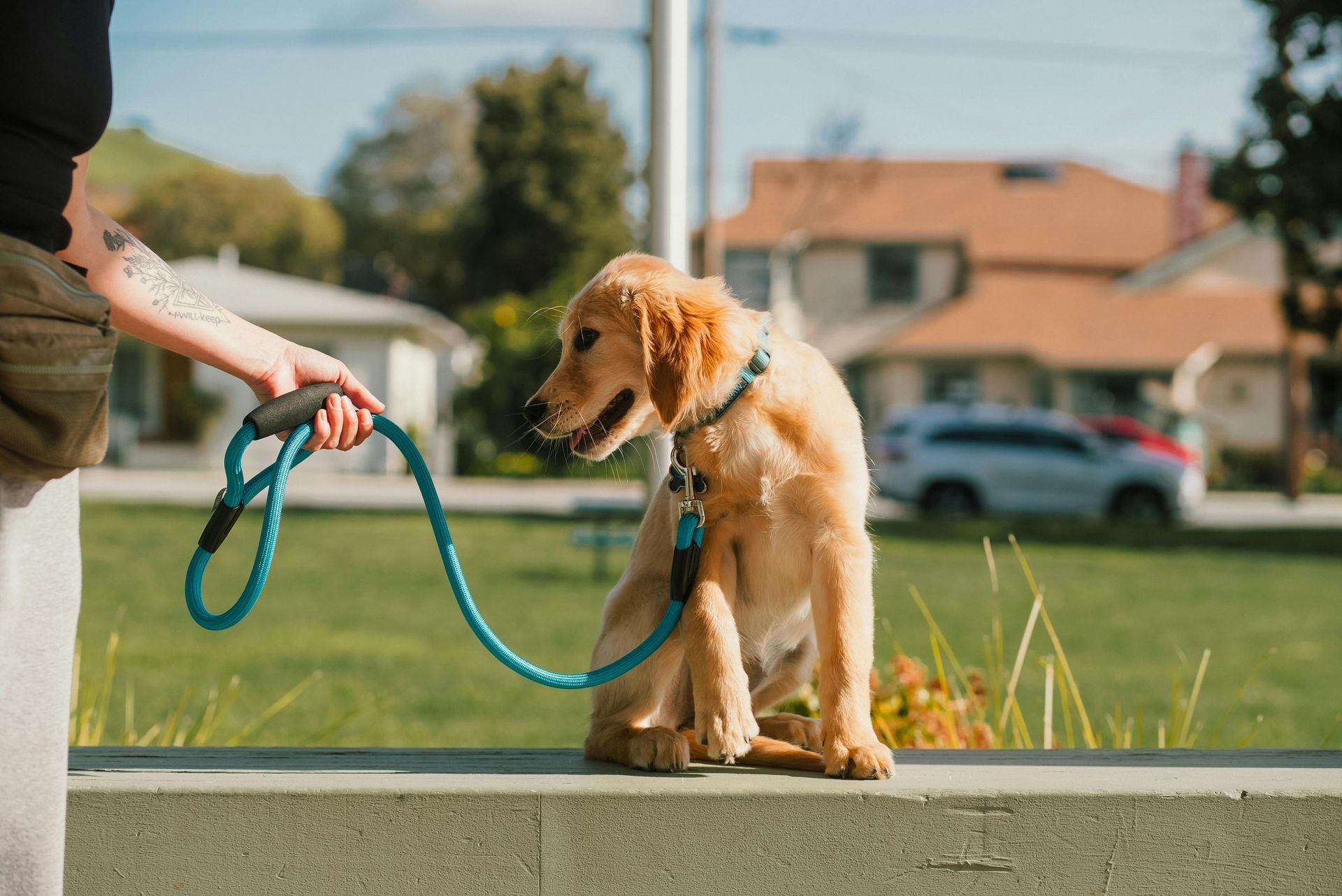Why It's Important for Your Dog to Follow You
Has your dog ever pulled you off your feet during a walk? If so, you're not alone. But wouldn't it be wonderful if your dog learned to follow you willingly, even without a leash?
It's important to understand that when your dog pulls on the leash, they aren't being combative; in fact, they genuinely want to please you. When your dog believes it’s their duty to encounter any dangers before you do, they control the walk. By demonstrating clear communication, embodying the strong leader your dog needs, and building trust, you can encourage your furry friend to relax and take cues from you, regardless of the situations you encounter.
Here are some quick tips to help curb leash-pulling behavior in your dog:
Initiate the Walk with Leadership: Start each walk by having your dog come to you, emphasizing that you are the leader. Have them wait calmly, either sitting or standing, as you attach the leash.
Control the Door: Don't allow your dog to rush out the door or get ahead of you. A well-trained dog will stay beside or slightly behind you, enhancing their comfort and confidence during the walk.
Maintain Focus: Keep your dog's attention on you to prevent distractions and potential dangers. Employ techniques that work for your pet to ensure their focus remains on your commands.
Avoid Distractions: Don't let your distractions compromise your role as the leader. Walk confidently, keep your dog close, and prevent them from dragging or pulling on the lead, especially if you're using a retractable leash.
Business First: Allow your dog a few minutes to attend to their business before starting the actual walk. Discourage unnecessary territory marking and keep them focused on the walk ahead.
Leash Safety: Only unleash your dog in designated leash-free areas for everyone's safety, including your furry friend's.
Take regular walks with your pup, ideally on a daily basis. These walks aren't just about exercise and fresh air; they offer an opportunity to build and reinforce the kind of relationship you desire with your dog. Valuable basics such as walking to heel, responding to commands, and maintaining proper gate/door manners can be honed during these outings.
If you find your walks still frustrating, Best By Farr Dog Training is ready to assist you on your journey to enjoyable and stress-free walks with your furry companion. Reach out today for a free phone consultation.

